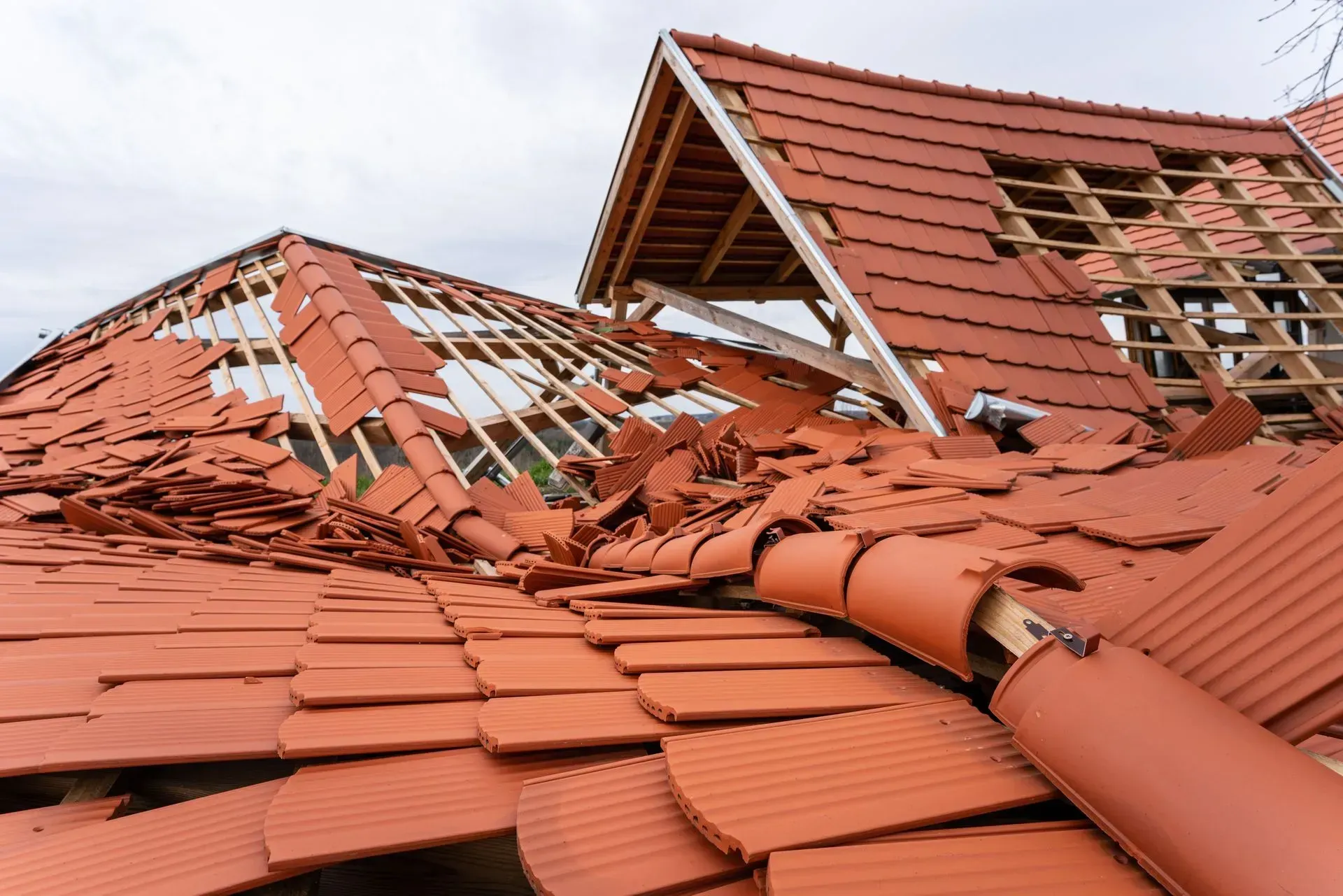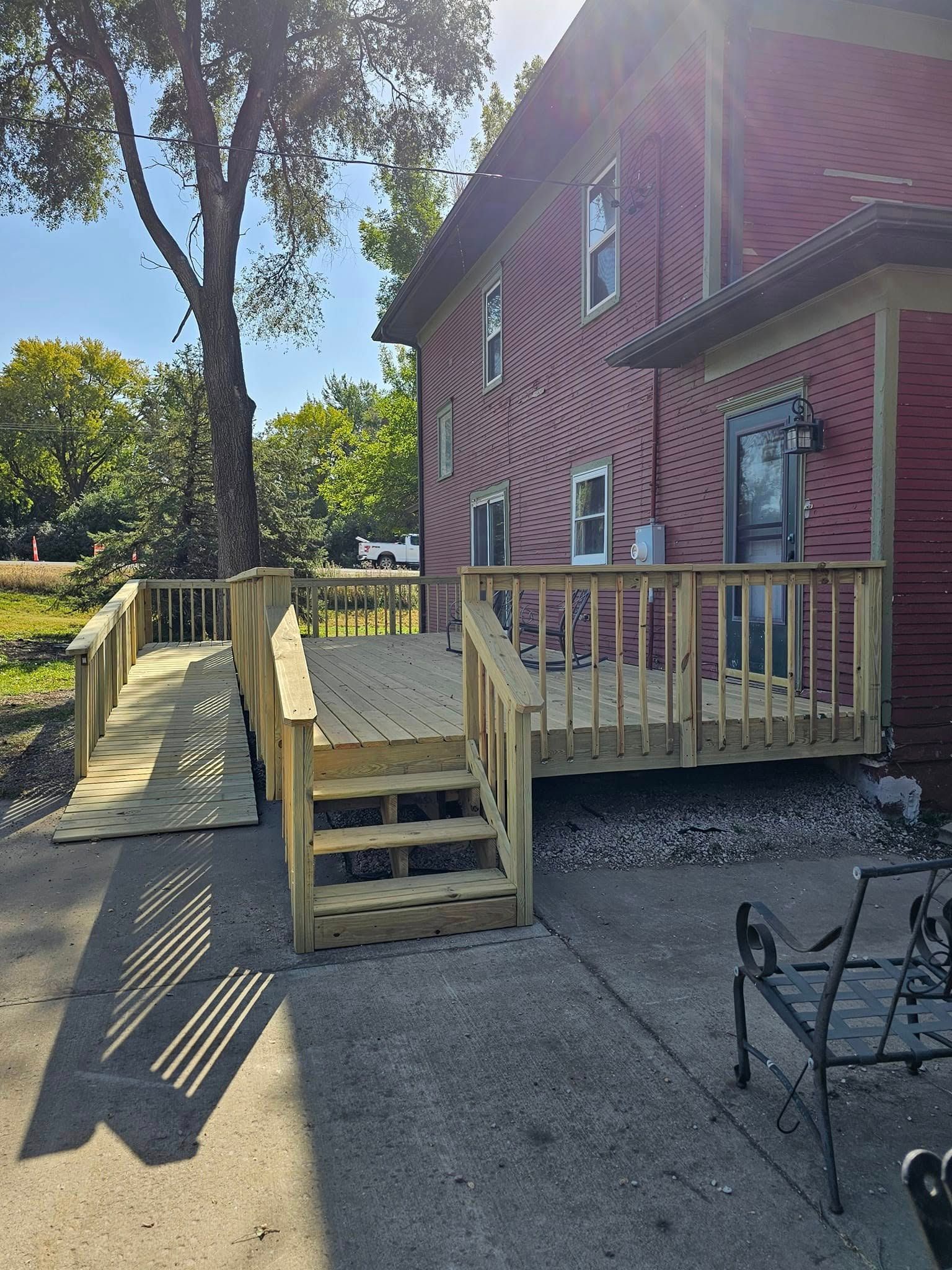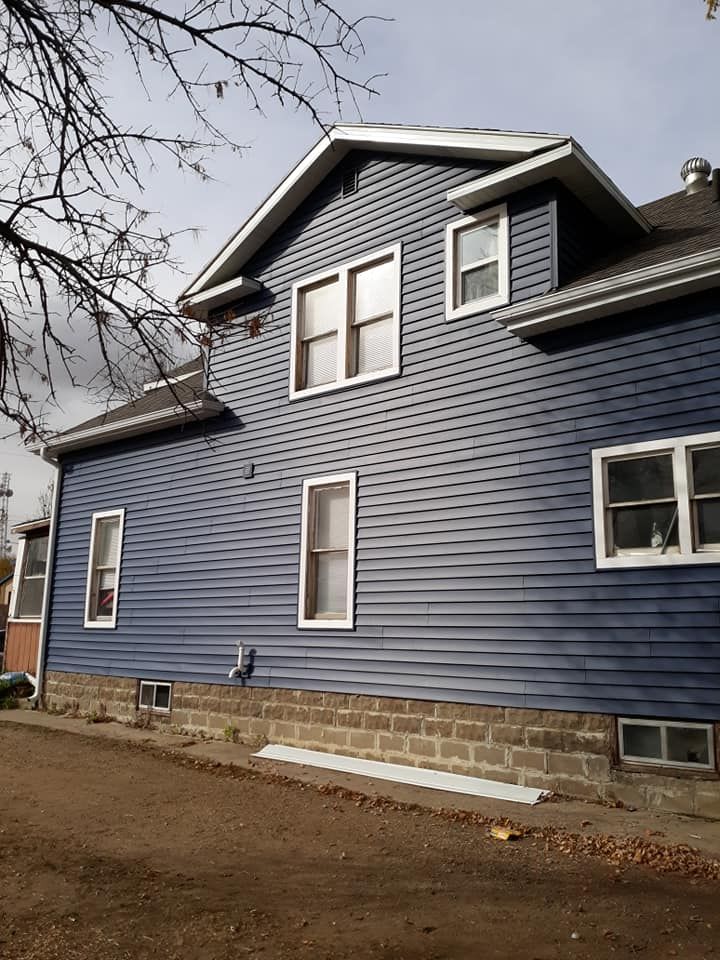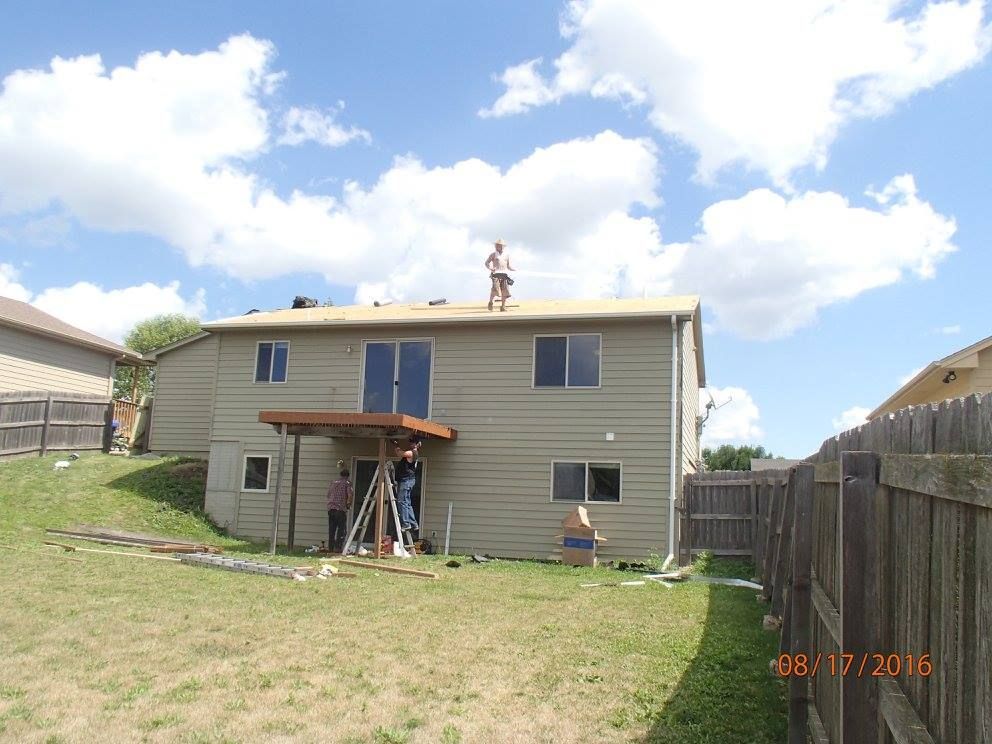How to Spot Early Roof Repair Signs Before Winter Strikes

Table of Contents
- Why Early Detection of Roof Repair Signs Saves You Money and Stress
- Everyday Clues That Point to Hidden Roof Damage
- How to Tackle Winter Roof Preparation Like a Pro
- Smart Maintenance Habits That Keep Repairs Manageable
- When It’s Time to Bring in a Roofing Expert
- Key Lessons We’ve Learned From Years on the Job
Why Early Detection of Roof Repair Signs Saves You Money and Stress
Catching roof repair signs before cold weather hits can spare you from emergency fixes in the dead of winter. Proactive winter roof preparation protects your home and helps your heating system work more efficiently. Even small, early signs of roof damage—from missing shingles to sagging spots—should never be ignored.
Here in our community, winter is more than just a season—it’s a real test of how well we’ve maintained our homes. We’ve seen firsthand what happens when roof repair signs go unnoticed. One customer waited until January to deal with a small leak, only to discover that melting ice had soaked the insulation and warped the drywall. What could have been a quick fix in the fall turned into a major project with a hefty price tag.
That’s why we always say: spotting trouble early is everything. Your roof isn’t just a cap on your house; it’s the first line of defense against snow, sleet, and the kind of cold that sneaks into every crack. Taking winter roof preparation seriously now—before the first frost—can save you from headaches and unexpected costs later.
When we walk across a roof in late autumn, we’re not just checking for obvious holes. We’re looking for subtle hints that tell us where roof damage might be starting. It’s the small things, the ones that are easy to miss from the ground, that often cause the biggest problems once the snow piles up.
Everyday Clues That Point to Hidden Roof Damage
You don’t need a contractor’s ladder to notice the first signs of trouble. In fact, some of the most telling roof repair signs can be spotted from your driveway or even from inside your home.
Missing or Damaged Shingles
We can’t count the number of times we’ve seen homeowners brush off a single missing shingle. “It’s just one,” they say. But one missing shingle is like leaving a window cracked open during a storm. Water finds its way in, and the next freeze makes the gap bigger. When you see curling edges or shingles that look brittle, that’s your roof’s way of saying it’s time for attention before real roof damage sets in.
Water Stains Indoors
Those faint brown rings on the ceiling or streaks on the wall? They rarely disappear on their own. We’ve traced those spots back to everything from tiny nail holes in flashing to larger leaks hidden under snow. Even a small stain is a loud roof repair sign. Ignoring it allows moisture to seep deeper, where it can ruin insulation and invite mold.
Sagging Sections
A slight dip in your roofline is more than a cosmetic issue—it’s a red flag. Often, it means trapped moisture or compromised structural supports. Add a heavy snowstorm, and that weakened section may buckle. We always recommend calling a professional the moment you notice sagging. Early action can prevent costly structural roof damage.
Granules in the Gutters
If you clean your gutters and notice little piles of black or gray granules, that’s your shingles breaking down. Those tiny stones protect your roof from UV damage and water penetration. When they start washing away, your shingles can quickly become vulnerable—especially during winter roof preparation, when ice and snow add stress.
How to Tackle Winter Roof Preparation Like a Pro
As winter approaches, roof repair signs become more than a checklist item—they’re your best chance at a stress-free season. We’ve worked through countless winters, and we know what separates a roof that survives unscathed from one that doesn’t.
Check Flashing Around Chimneys and Vents
The thin metal flashing around chimneys and vent pipes is often where leaks begin. Over time, flashing can pull away or corrode, creating tiny entry points for water. We always inspect these spots closely during winter roof preparation because even a small gap can turn into a major leak once ice builds up.
Clear Gutters and Downspouts
Ice dams are every homeowner’s nightmare. When gutters are clogged with leaves or debris, melting snow has nowhere to go. It refreezes at the edge of the roof, forcing water under the shingles and causing hidden roof damage. Cleaning gutters before the first snowfall is one of the simplest yet most effective steps you can take.
Check Attic Insulation and Ventilation
Warm air escaping from poorly insulated attics melts snow unevenly. This leads to ice dams and moisture problems. A quick inspection can reveal if your attic is holding heat where it shouldn’t. Proper ventilation is just as important—it keeps air flowing so condensation doesn’t turn into hidden leaks.
Smart Maintenance Habits That Keep Repairs Manageable
We often tell our customers that a little attention throughout the year saves big money later. The most successful homeowners we work with don’t wait for a crisis. They make roof care part of their routine.
- Schedule annual inspections. One thorough look before winter uncovers early roof repair signs you might overlook.
- Trim overhanging branches. Heavy limbs can break under snow and damage shingles.
- Sweep off heavy debris. After a storm, clear off twigs and leaves so moisture doesn’t linger.
These habits aren’t about being overcautious—they’re about being practical. Regular upkeep means you catch roof damage when it’s still affordable to fix.
When It’s Time to Bring in a Roofing Expert
We understand the urge to climb up and check things yourself, but some issues require more than a weekend DIY fix. If you see widespread shingle loss, persistent leaks, or structural sagging, it’s time to contact our roofing team.
Over the years, we’ve had homeowners invite us out after trying to patch a leak with a tube of sealant, only to discover the real problem was deeper. A professional inspection not only identifies visible roof repair signs but also uncovers hidden roof damage that could be brewing under the surface.
As part of thorough winter roof preparation, a roofing expert can spot subtle weaknesses, reinforce vulnerable areas, and give you peace of mind before the coldest months arrive.
Key Lessons We’ve Learned From Years on the Job
Every winter teaches us something new. We’ve seen roofs collapse under the weight of unexpected snowstorms. We’ve seen families forced out of their homes because a small leak turned into major water damage. The pattern is always the same: early warning signs were there, but they were missed.
That’s why we emphasize proactive care. The cost of preventative maintenance is always less than emergency repairs. Whether it’s a loose piece of flashing or a small patch of missing shingles, addressing roof repair signs right away protects your investment and keeps your family safe.
Your Next Step Toward a Winter-Ready Roof
Winter doesn’t wait, and neither should you. If you’ve spotted any of these warning signs—or even if you just want the peace of mind that comes with a professional check—visit Home Improvement Headquarters or schedule an inspection today.
Call us at (605) 413-5450, email brandenjohns@rocketmail.com, or contact us here. We’ll walk you through every step of winter roof preparation, explain what we find in plain language, and recommend only the repairs you truly need.
Let’s keep your home warm, dry, and protected all season long. Trust Home Improvement Headquarters—your local roofing partner who knows how to spot the early roof repair signs before winter hits hard.
Frequently Asked Questions
1. How do we recognize early roof repair signs before winter?
We watch for roof repair signs like missing shingles, water stains on ceilings, sagging areas, and granules in gutters. Spotting these early helps us avoid costly roof damage and makes winter roof preparation easier and more effective.
2. Why is winter roof preparation so important?
We know that winter roof preparation prevents leaks, ice dams, and hidden roof damage. By checking flashing, clearing gutters, and inspecting attic ventilation early, we protect our home from severe weather and expensive repairs.
3. What common indicators show roof damage?
We look for visible roof damage such as cracked or curled shingles, sagging sections, or interior water stains. Catching these roof repair signs early allows us to schedule repairs and ensure our roof is ready for winter.
4. How often should we inspect the roof for damage?
We recommend inspecting for roof repair signs at least twice a year—especially before winter. Regular checks help us identify roof damage early and make winter roof preparation more effective.
5.When should we call professionals for roof repair?
We contact experts when we see persistent leaks, widespread shingle loss, or structural sagging. Professionals can assess hidden roof damage and handle critical winter roof preparation to keep our home protected through the cold months.



